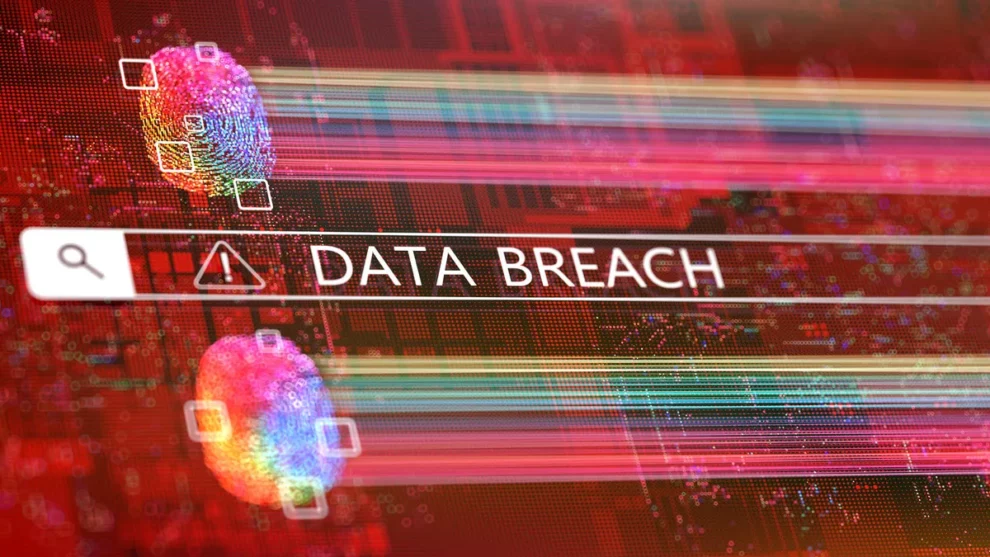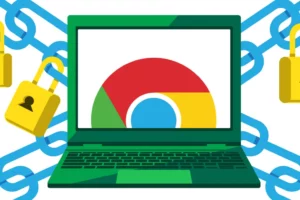Receiving a data breach alert can be alarming. The thought of your personal information—your name, address, Social Security number, or even financial details—falling into the wrong hands is enough to make anyone anxious. Unfortunately, cybercriminals are well aware of this fear and have weaponized it to exploit unsuspecting victims. These scammers craft fraudulent alerts that mimic legitimate data breach notifications, tricking people into downloading malware, clicking malicious links, or divulging sensitive information.
With data breaches becoming an almost daily occurrence, distinguishing between a real alert and a scam has never been more critical. Understanding how these scams work and recognizing red flags can help you stay one step ahead of fraudsters and safeguard your personal data.
How Data Breach Scams Operate
Data breach scams typically follow a predictable pattern. You might receive what appears to be an official communication—a letter, email, text message, or even a phone call—informing you about a breach and offering steps to protect yourself. At first glance, everything seems legitimate. However, these scams often include deceptive tactics designed to manipulate you into taking harmful actions.
For instance, a scammer may instruct you to download software to “secure” your device. In reality, this software is malware designed to infect your computer and steal your data. Legitimate companies will never ask you to download anything in response to a data breach notice. Similarly, scammers might urge you to “click on this link to verify your identity.” This phishing tactic aims to capture your personal information, such as passwords or credit card numbers. A genuine data breach notification will never direct you to click suspicious links or provide sensitive details.
Real data breach notices tend to be straightforward and formulaic. They usually include specific information about the breach, such as the type of data compromised, along with actionable steps like freezing your credit reports or setting up free identity theft protection services. Additionally, legitimate notices often provide an activation code for these services, which scammers cannot replicate.
Red Flags to Watch For
To avoid falling victim to a data breach scam, it’s essential to scrutinize any alert you receive. Here are some warning signs that could indicate a fraudulent attempt:
- Suspicious Sender Information : Pay close attention to the email address or phone number from which the alert originates. Scammers often use addresses or numbers that resemble those of legitimate companies but contain subtle differences. Before interacting with the message, verify the sender’s contact information through the company’s official website.
- Poor Grammar or Spelling Errors : Legitimate companies invest time and resources into crafting professional communications. If you notice misspelled words, awkward phrasing, or language that feels off, proceed with caution. These errors are common hallmarks of phishing attempts.
- Odd-Looking Links : Always inspect URLs included in emails or texts before clicking. Fraudulent links may feature unnecessary characters, slight misspellings of the company’s name, or entirely unrelated domain names. Hover over the link (without clicking) to preview its destination, and compare it to the company’s verified website.
- Urgency and Fear Tactics : While it’s important to act promptly after a data breach, legitimate notices rarely employ scare tactics or push you to take immediate action. Be wary of messages that create a false sense of urgency, pressuring you to act without verifying their authenticity.
Steps to Avoid Falling Victim
If you suspect a data breach alert might be a scam, trust your instincts and take precautions. Never respond directly to unsolicited messages claiming your data has been compromised, especially if you’ve never heard of the alleged breach. Instead, independently contact the company using verified contact information found on their official website. Ask whether they sent the alert and confirm its legitimacy.
If someone calls claiming to represent a company affected by a breach, hang up immediately. Reputable organizations do not initiate unsolicited phone calls regarding data breaches. Reach out to the company yourself to clarify the situation.
Should you determine the alert is indeed a scam, reporting it is crucial. By doing so, you contribute to broader efforts to combat cybercrime and protect others from falling prey to similar schemes. Report the incident to the Federal Trade Commission (FTC) at ReportFraud.ftc.gov or call their helpline at 877-382-4357. Ensure you’re using the correct contact details, as scammers sometimes impersonate government agencies. For suspected cybercrimes, consider filing a report with the FBI’s Internet Crime Complaint Center (IC3).
Why Reporting Matters
Reporting scams serves a dual purpose: it helps law enforcement track criminal activity and enables authorities to issue warnings to other potential victims. Even if you weren’t deceived or financially harmed, sharing your experience provides valuable insights that can prevent future fraud. Every reported case contributes to a larger database used to identify patterns and hold perpetrators accountable.
Staying Vigilant in an Era of Frequent Breaches
Data breaches are a harsh reality of modern life, affecting millions of individuals and businesses each year. While companies strive to enhance cybersecurity measures, no system is entirely immune to attacks. As consumers, we must remain vigilant and proactive in protecting our personal information.
Understanding how data breach scams operate empowers you to recognize and thwart attempts to exploit your fears. By staying informed, questioning suspicious communications, and taking swift action when necessary, you can minimize the risks posed by both real breaches and fraudulent alerts. Remember, knowledge is your strongest defense against cybercriminals—and the best way to ensure your peace of mind in an increasingly digital world.
















Add Comment